The Universal Dispensary for Children
John Bunnell Davis (1777-1824) was the founder of the Universal Dispensary for Children, which started operation at St. Andrew’s Hill, Doctor’s Commons, in 1816. It was the first major institution in England devoted solely to the care of sick children, 35 years before the first children’s hospital in Liverpool, and 36 years before Great Ormond Street. Davis was also physician to the Northern and Surrey dispensaries and was an excellent medical administrator, bringing the Universal Dispensary for Children into existence by his own energy, flair for organization and publicity, and fundraising abilities. It established the principle of charitable care fo sick children of the poor, and played a major part in the foundation of children’s hospitals in England — in 1850 there were none, by 1870 there were at least six in London and six in the provinces.
Davis died unexpectedly at the young age of 47, and the Dispensary fell on hard times, due to an apathetic and mediocre governing committee board that was inept at raising funds. Charles West, who was appointed physician at the Dispensary in 1842, advocated for an inpatient ward, without success. He eventually quit in frustration, raised funds, and founded the Great Ormond Street Hospital in 1852. Eventually, when the Dispensary started admitting inpatients in 1856, it had lost its preeminence with the emergence of other children’s hospitals, while the Great Ormond Hospital is world-renowned.
The Universal Dispensary’s name was changed many times over the years, from the Universal Dispensary for Children to the Royal University Dispensary for Children (1821), then after it moved to Waterloo Bridge Road in 1824, it was eventually known as the Royal Infirmary for Children (1843), the Royal Infirmary for Children and Women (1852), the Royal Hospital for Children and Women (1873), and the Royal Waterloo Hospital for Children and Women (1903).
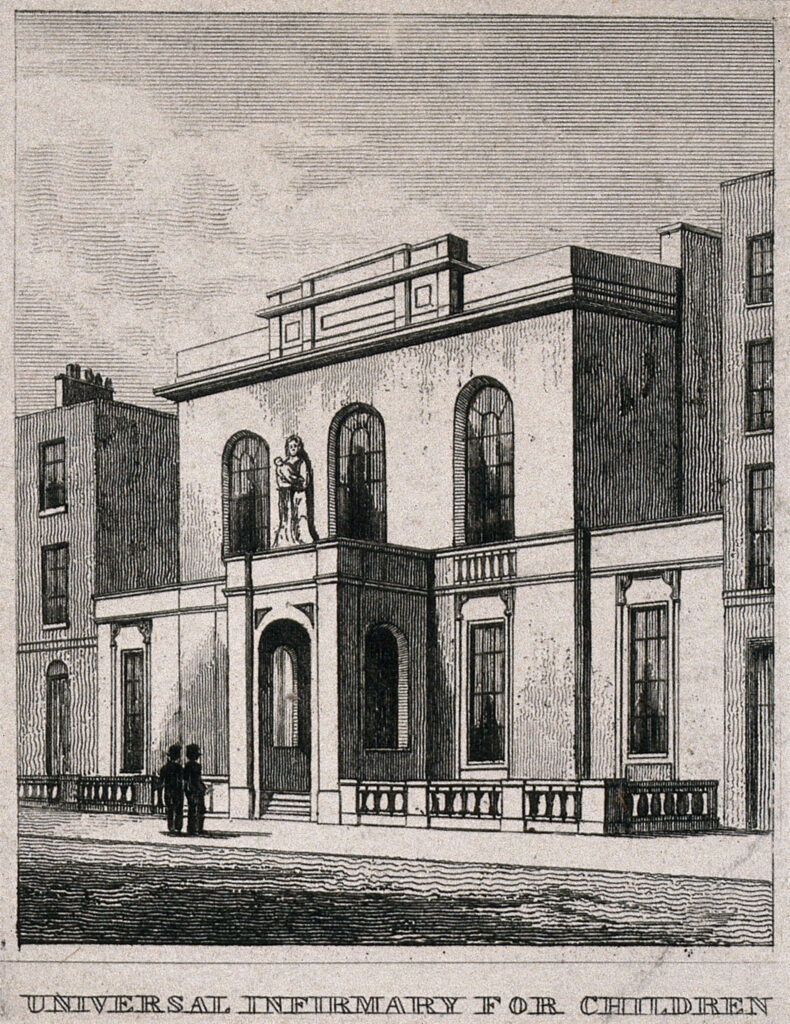
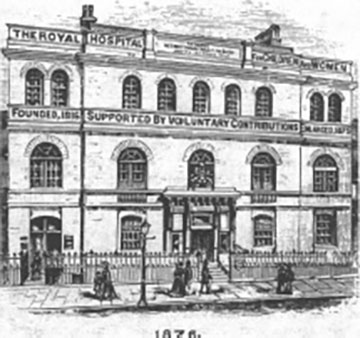

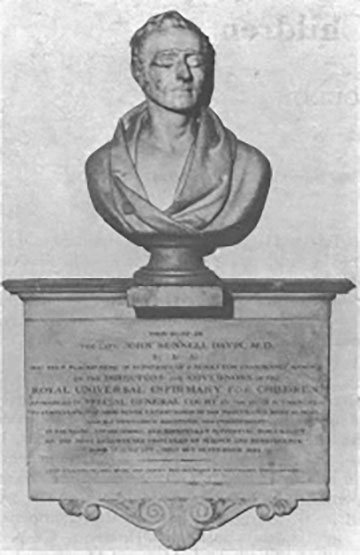
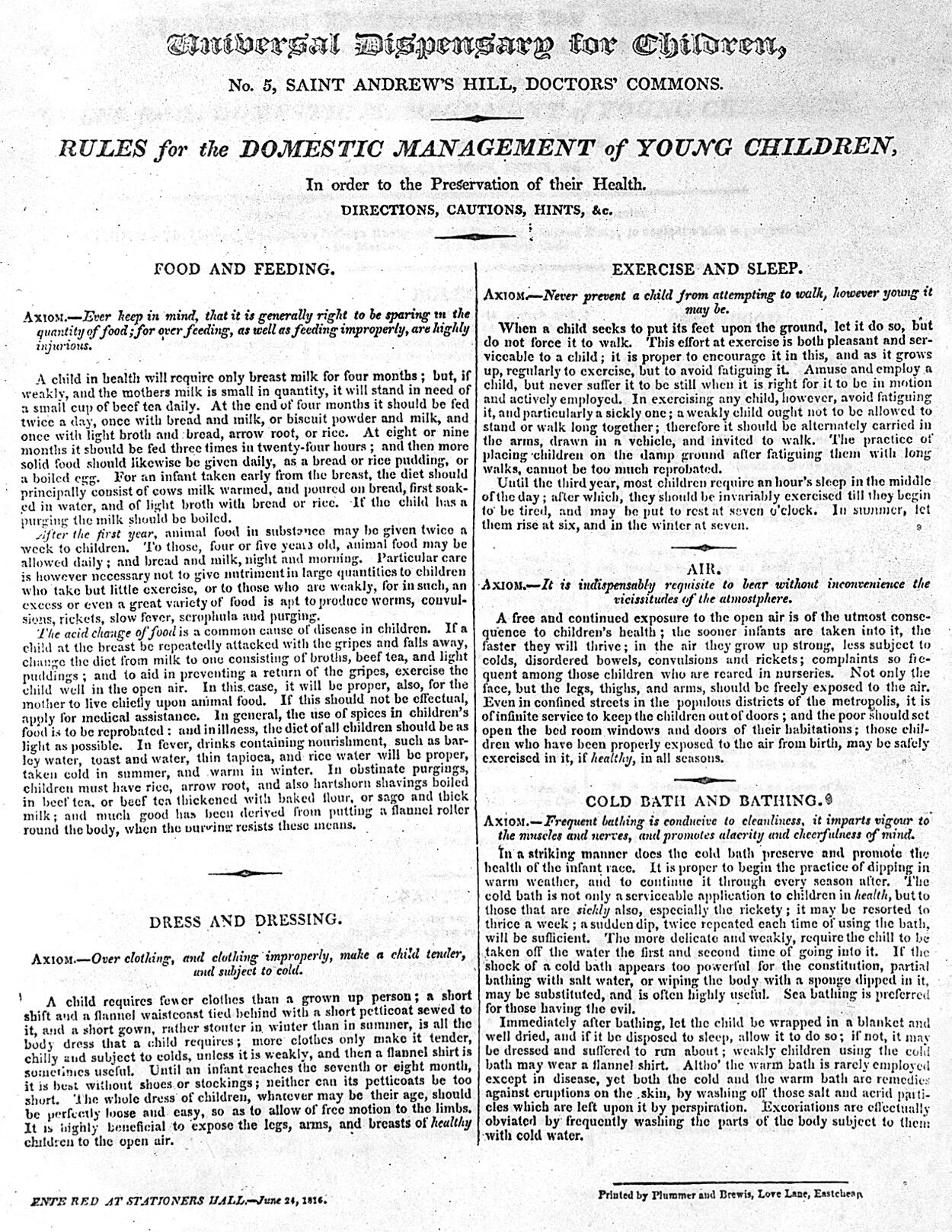
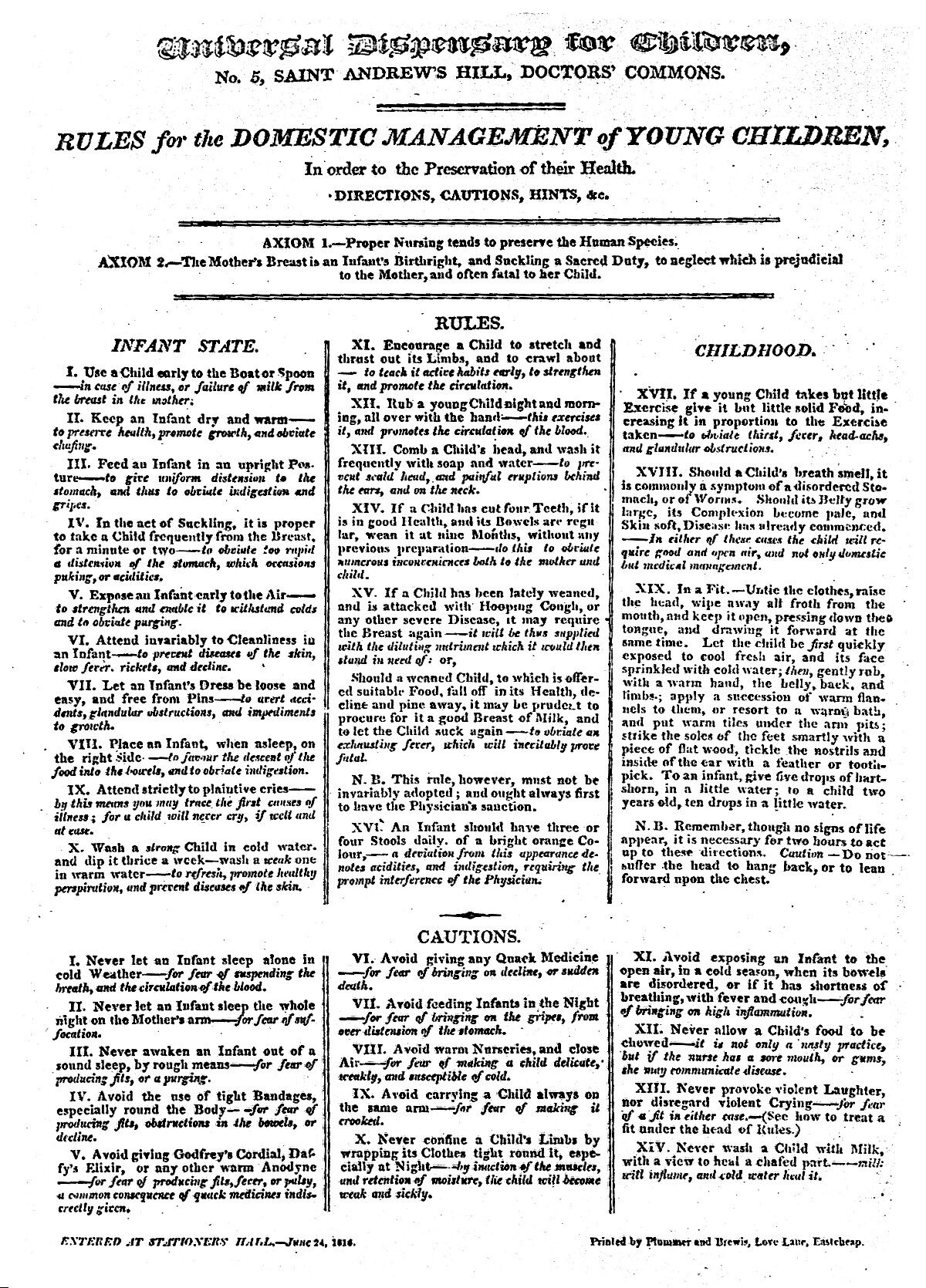
Reference:
“John Bunnell Davis and the Universal Dispensary for Children,” by I. S. L. Loudon, British Medical Journal, 1979, I, 1191-1194.
Last Updated on 08/02/25